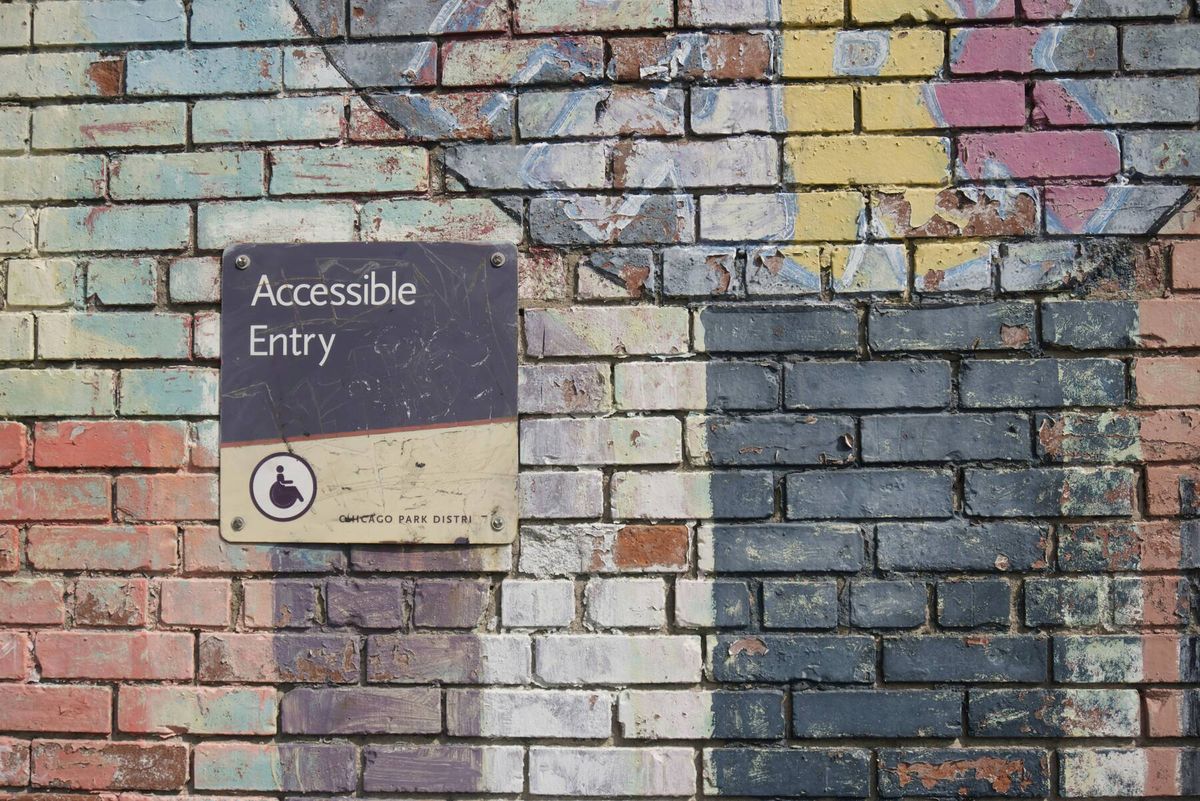Should I use an accessibility plugin?
Accessibility plugins, or overlays, are a "quick fix" - too good to be true - solution. They promise to make your site accessible. They don't.

TLDR: No, they generally make things worse for the people you're trying to help.
Accessibility plugins, or overlays, are a "quick fix" - too good to be true - solution. They promise to make your site accessible. They don't.
Actually, they can only address 20-30% of usability issues. And often poorly.
They interfere with existing tools used for accessibility, sometimes completely rending those tools useless. So now, people don't just have a bad experience, they don't have an experience at all.
They don't provide any legal liability protection, one of their biggest selling points. Because the underlying code isn't fixed, the site isn't in compliance. Some sources suggest using a plugin could increase legal risk.
They don't just make the site worse for disabled people, they make it worse for everyone. They load in the browser and try to modify the website on each page load. This equates to slower loading pages and more rending work on the browser.
They expose the website to privacy and malware issues, by sending data to 3rd party servers and providing a larger JavaScript attack surface.
The good news. Web technology is generally very accessible when using modern HTML and following best practices. You'll still need to focus on some accessibility issues manually and do some extra work, but that's far better than the quick fix alternative.
Here are some articles that explain things in more detail
Do Away with Overlays - Accessible WEB
Should I use an accessibility overlay? - The A11Y Project
Overlays and Plugins Aren't the Answer to Accessibility
Why Website Accessibility Overlay Widgets & Plugins Fail Compliance - Accessibility Works
Photo by Daniel Ali on Unsplash
